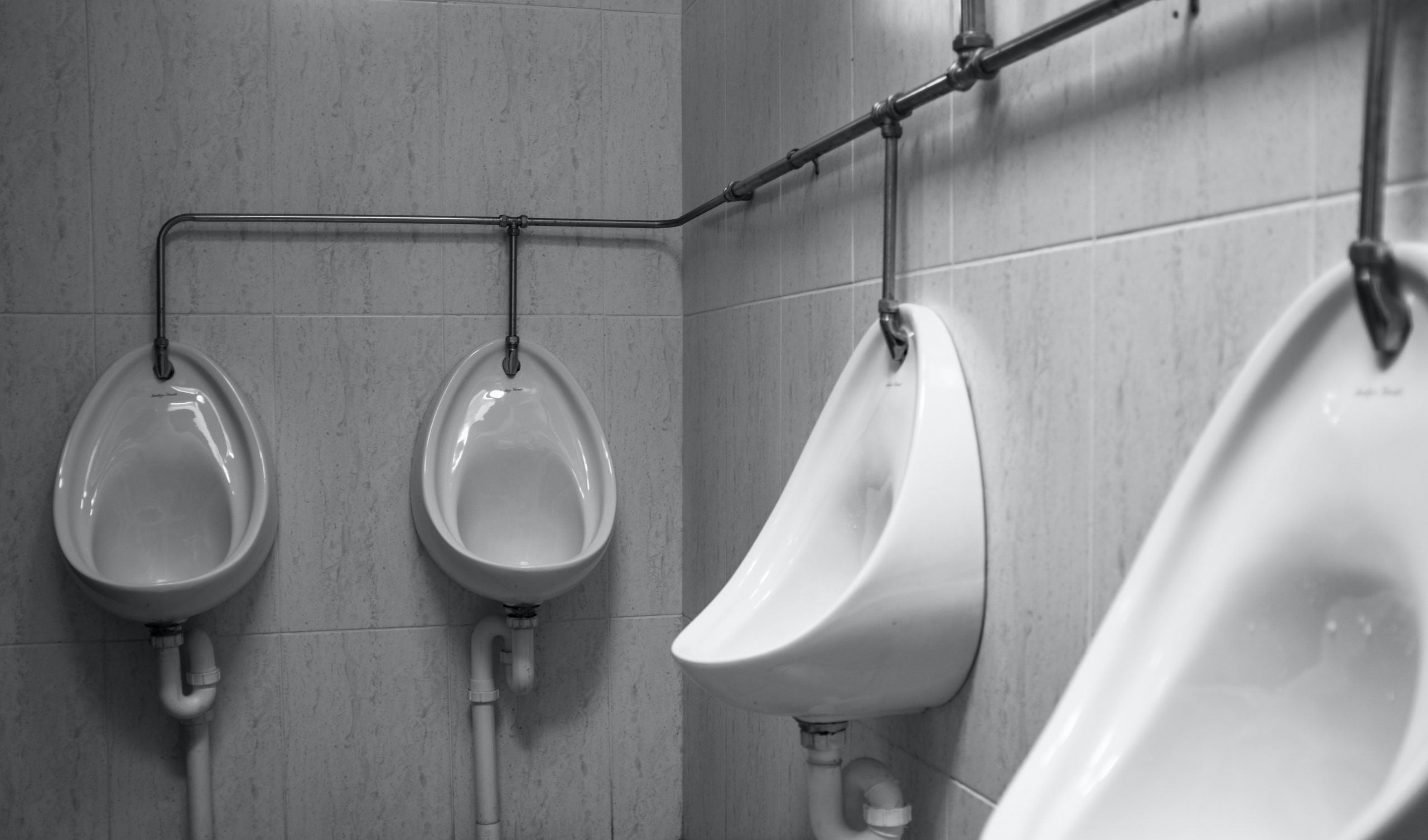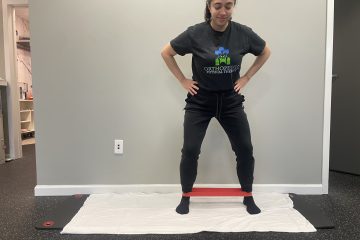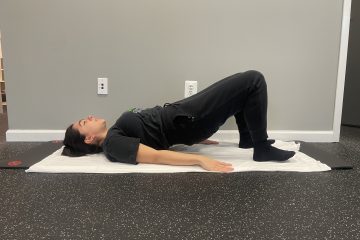How does your pelvic floor help you pee?
When you drink water, it goes down, down, down through your system and comes right to your bladder. On top of your bladder sits a muscle called the detrusor muscle and underneath/surrounding the bladder is your pelvic floor.
As you drink, your bladder fills, and about every 3-4 hours, it goes *ding ding ding* “I’m full!” And that’s what that urge feeling is telling you that you have to pee.
When that urge happens with a full bladder, the detrusor muscle pushes down from on top of the bladder, and from underneath of/around the bladder, the pelvic floor has to open for the fluid to be able to be able to move freely through the urethra.

So peeing is actually quite a complex process involving multiple muscles, not just that little organ we call the bladder!
Often times, people come to Pelvic Floor Physical Therapists because this process is not functioning optimally. Perhaps, people are having trouble fully emptying the bladder, which can be due to the pelvic floor muscles kinking the urethra and prompting people to strain.
Perhaps they are struggling with leaking urine when they do high-pressure activities like running and jumping (or smaller acute stress activities such as sneezing and coughing).
The hands-on care of a Pelvic Floor Physical Therapist is always the most efficient way to treat issues with peeing. If you are unable to get to a Pelvic Floor Physical Therapist, I would highly recommend purchasing our Leakage Recovery Plan that can be done at home.
And if you do not have the urge to pee every few hours, it can be helpful to put a hydration plan into place! Sometimes even a fun new water bottle is all it takes to motivate you to give your cells what they crave.
Be empowered in education,
OrthoPelvic Physical Therapy
Photo by HelpStay.com onUnsplash


